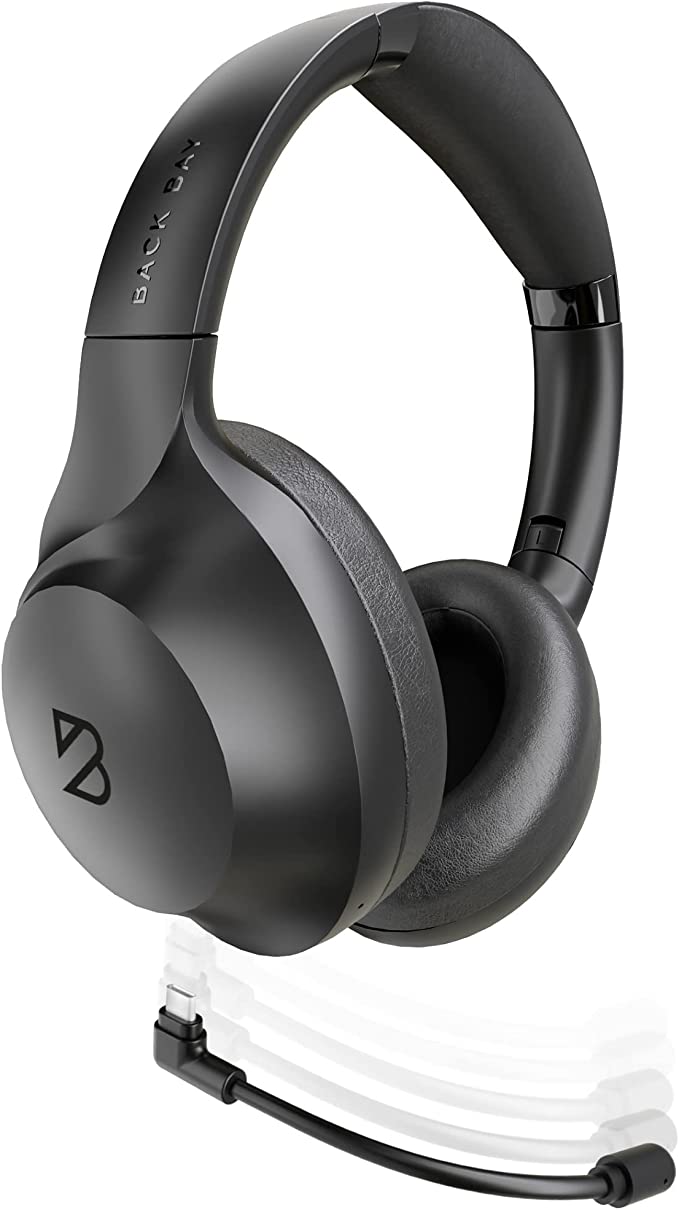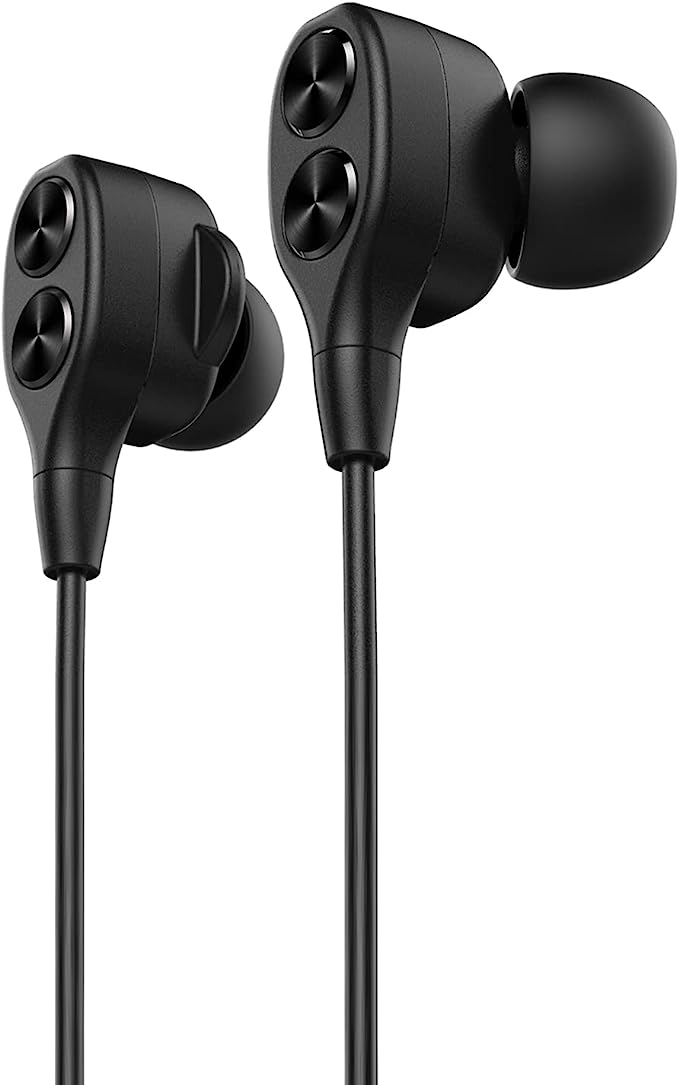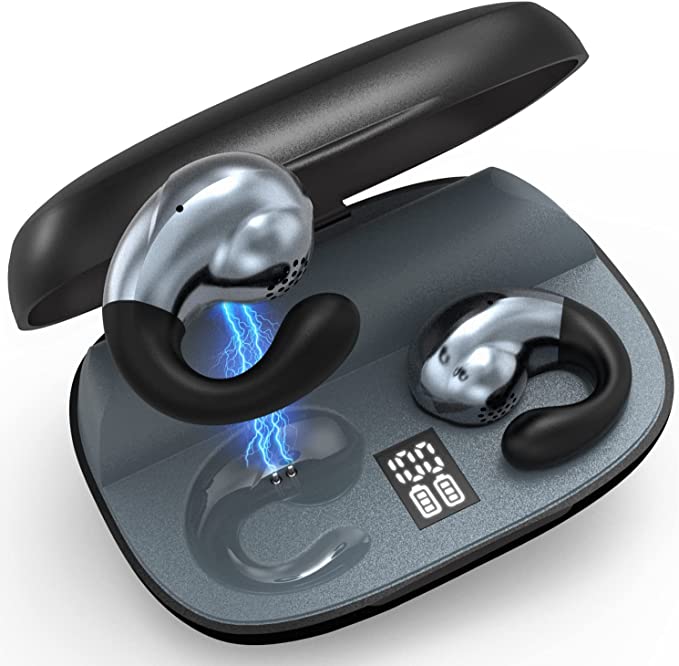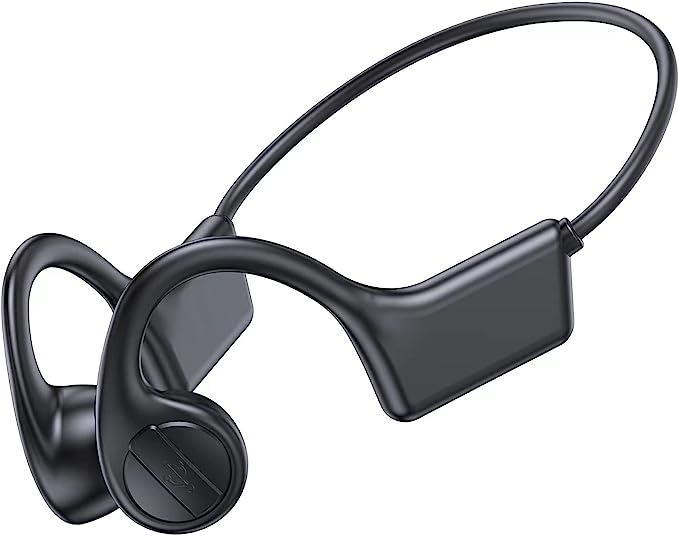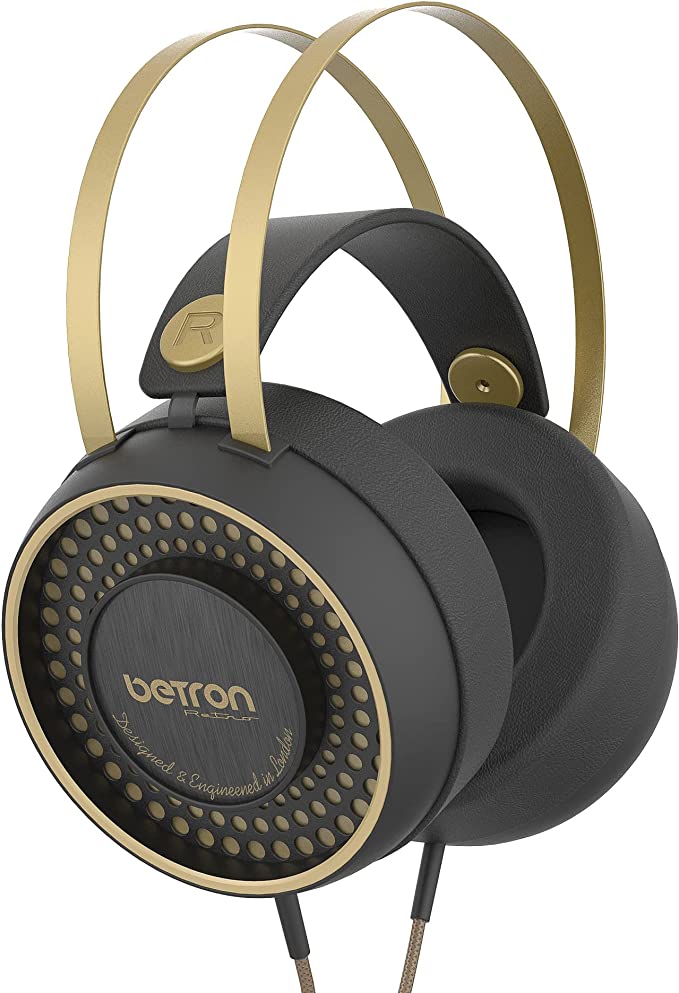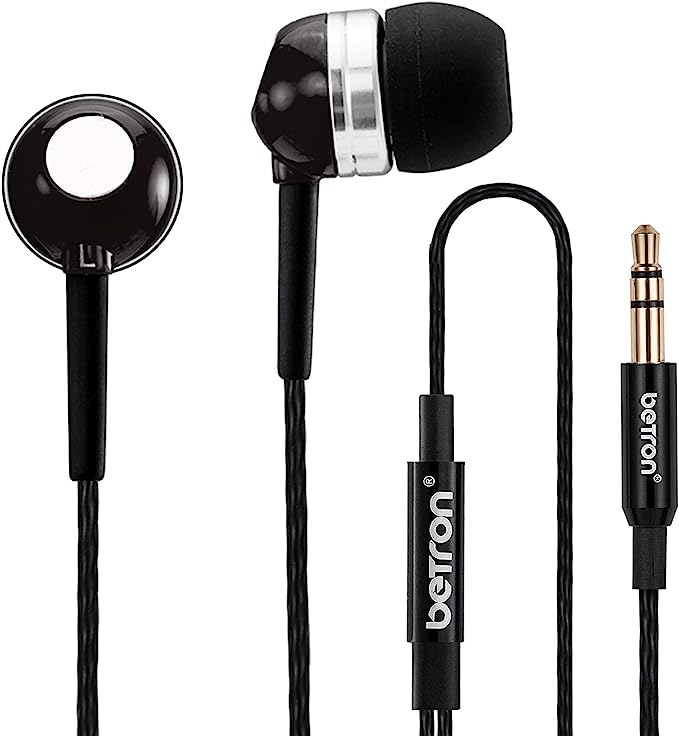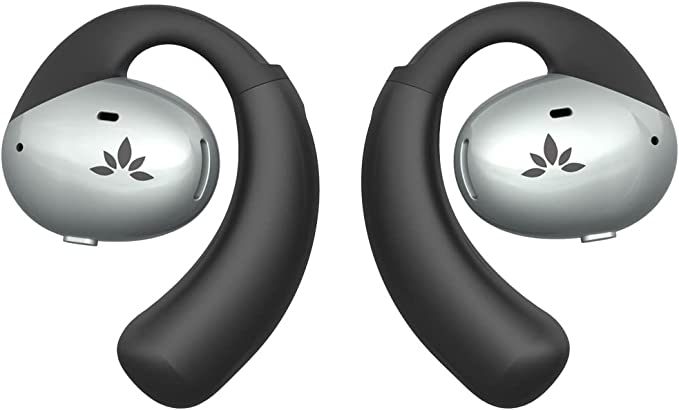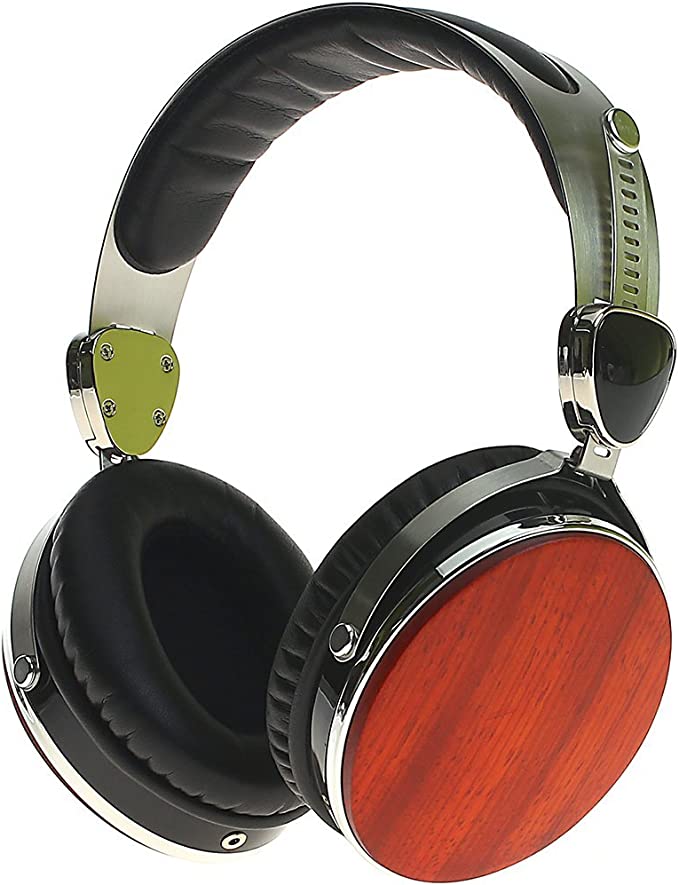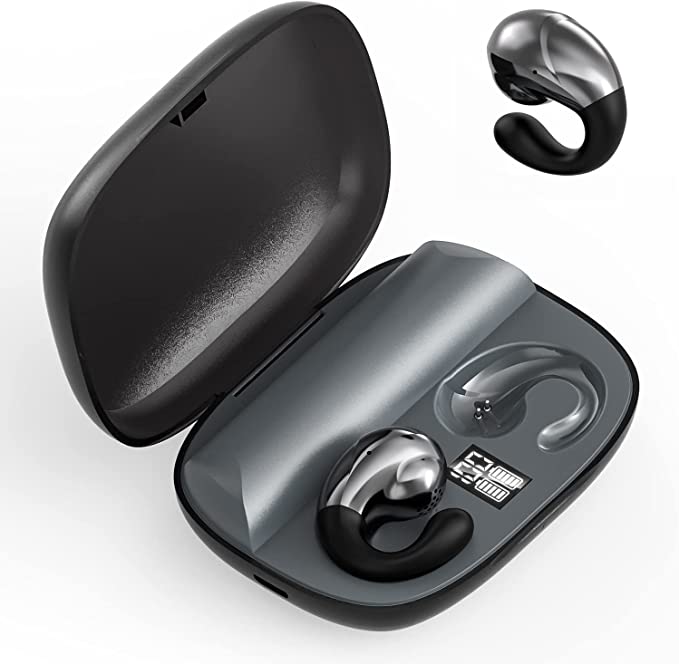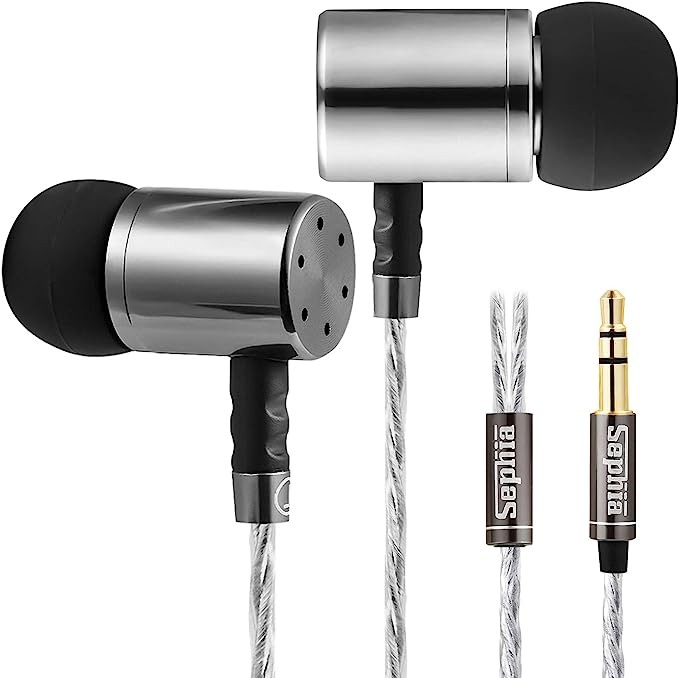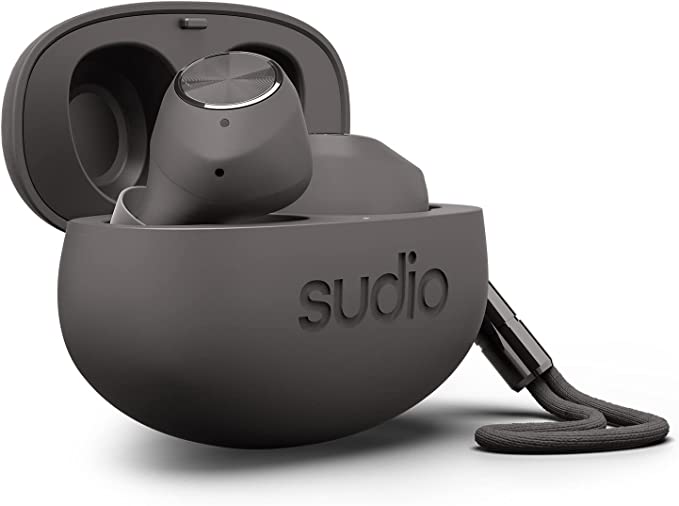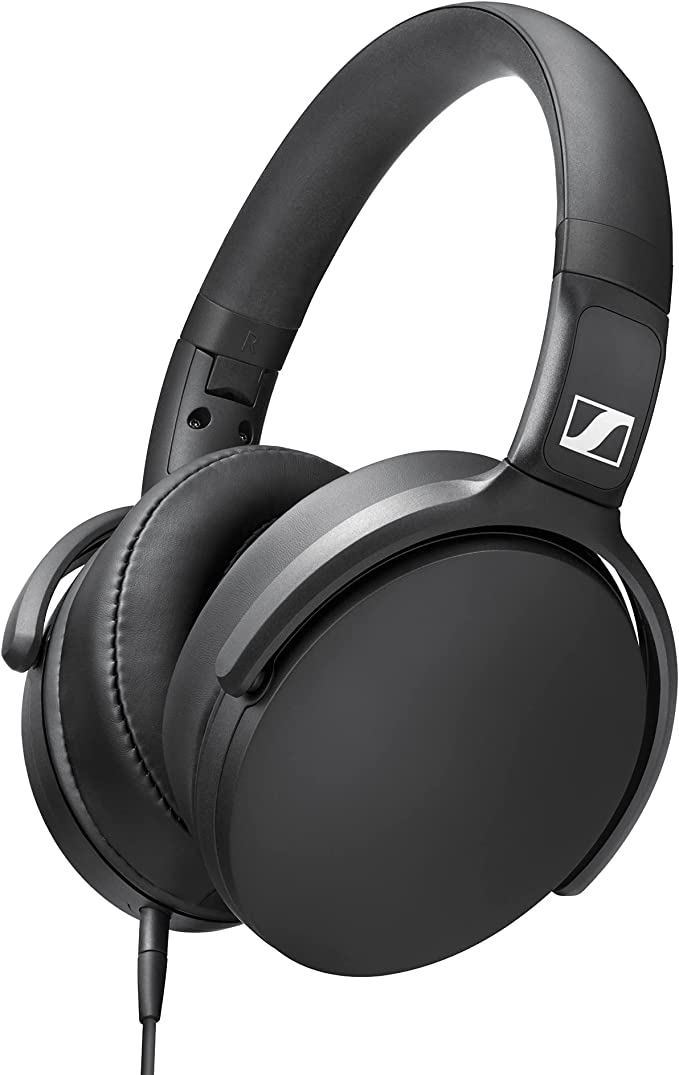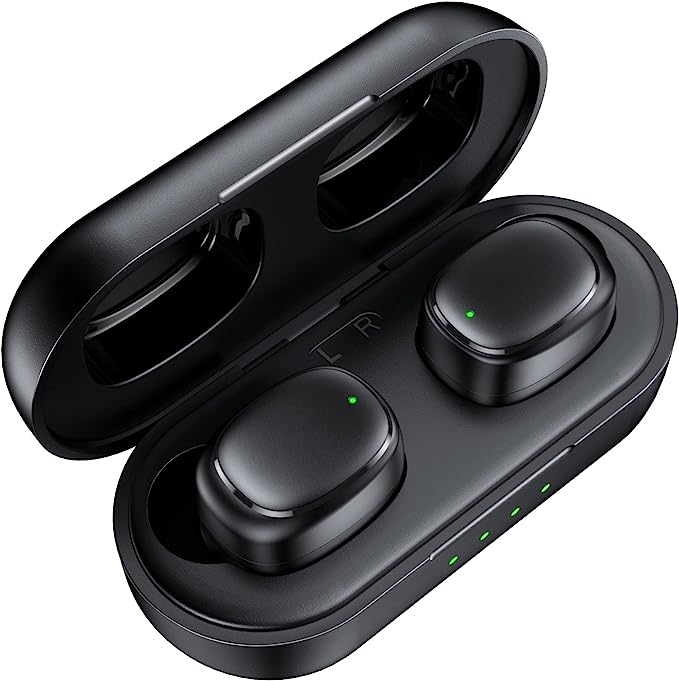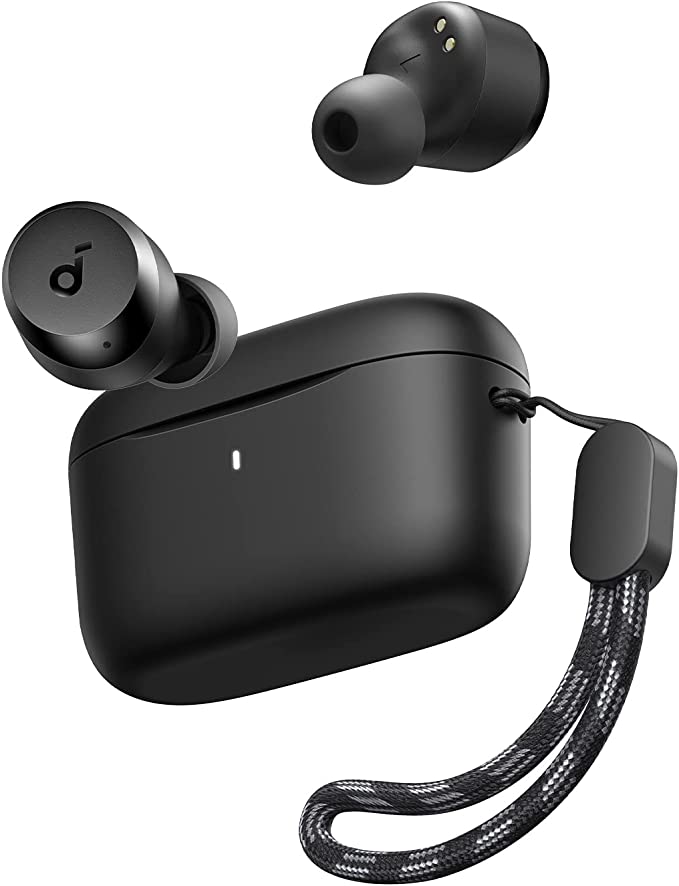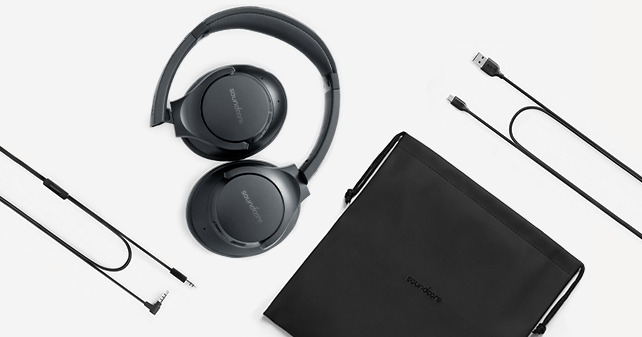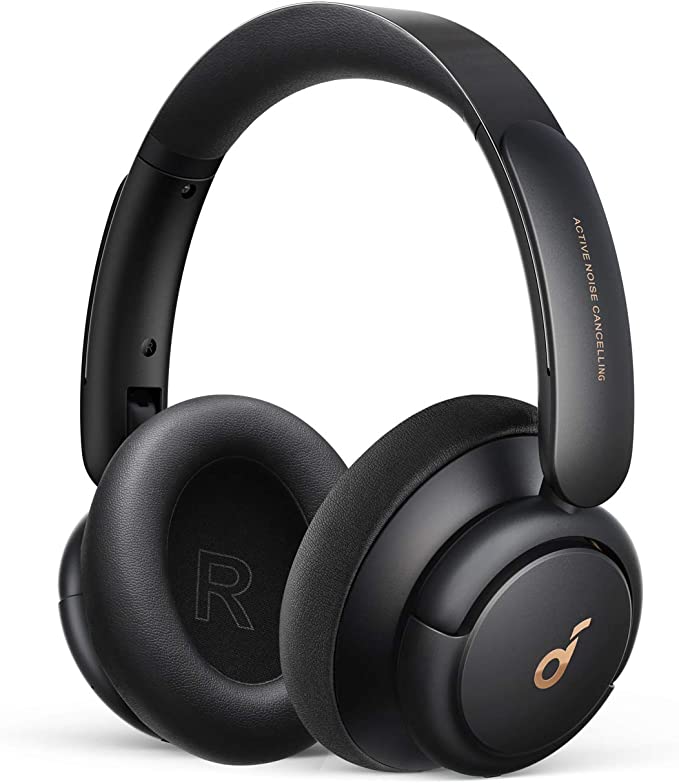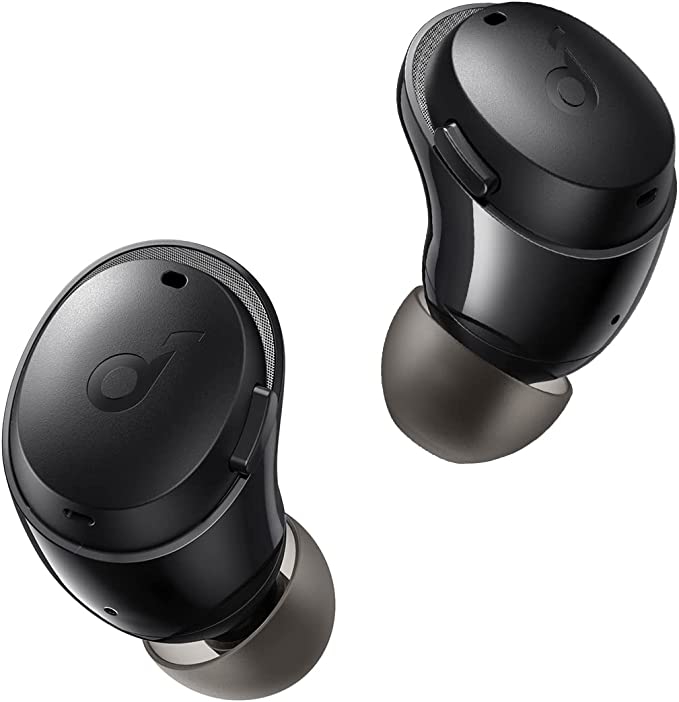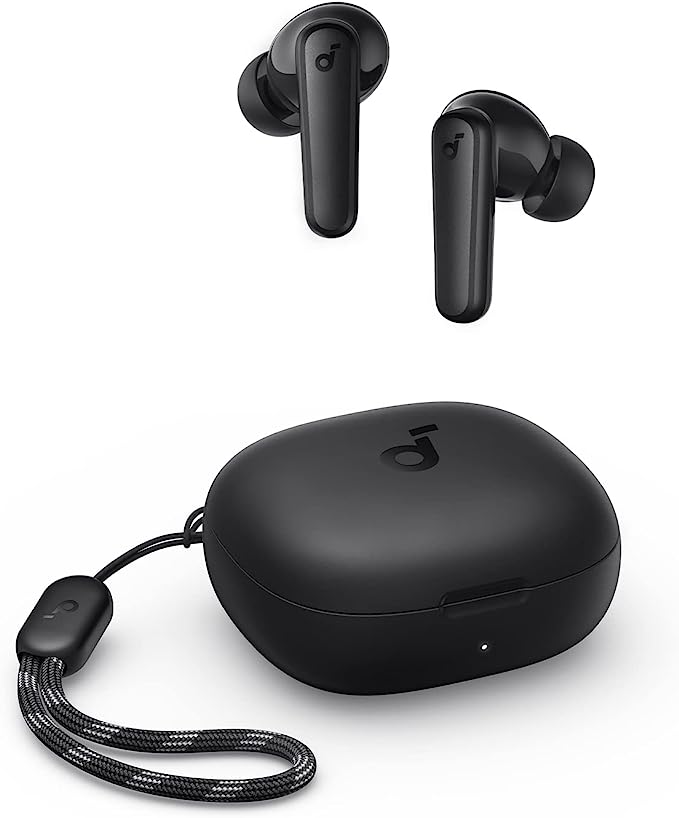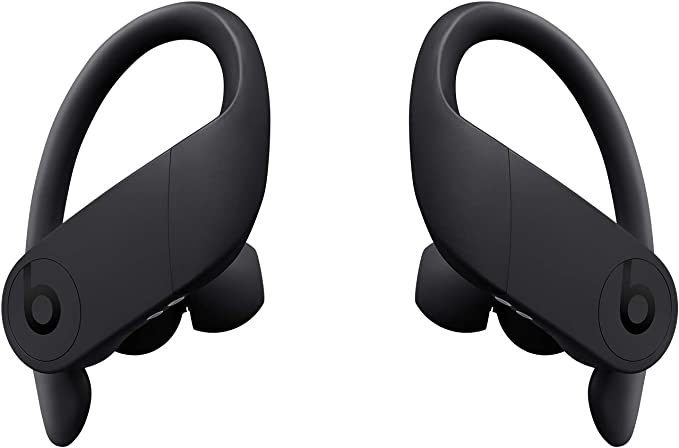Sony MDR-EX800ST Headphones Inner Ear Type – A High-quality In-ear Monitor
Update on June 27, 2025, 10:43 a.m.
It arrives without fanfare. There’s no high-gloss magnetic-clasp box, no celebrity endorsement, no litany of marketing buzzwords. Instead, it comes in a plain, almost suspiciously generic white cardboard box, the kind you’d expect to find holding spare industrial parts. Inside rests the Sony MDR-EX800ST, a strange, alien-looking earpiece from 2012. In an age of wireless convenience and a race to stuff as many drivers as possible into a tiny shell, this wired, single-driver oddity feels like a relic.
And yet, it persists. It commands a fiercely loyal following and continues to be recommended in quiet corners of the internet as one of the best audio bargains in existence. So, what is going on here? To understand the MDR-EX800ST is to embark on an archeological dig into a masterpiece of purpose-driven Japanese engineering, peeling back layers of understated design to reveal a core of pure, unadulterated acoustic science.

A Direct Descendant of Studio Royalty
The first clue to its true nature lies in the “ST” suffix: Studio. This isn’t a consumer earphone; it’s a professional In-Ear Monitor (IEM), designed for musicians on stage. Its job is not to flatter music but to reveal it with brutal honesty. To find its spiritual ancestor, you need to look at the head of nearly every musician in a Japanese recording studio: the Sony MDR-CD900ST, the legendary “white-ringed” headphone that has been an industry standard for decades.
Like the CD900ST, the EX800ST was built to a philosophy of neutrality. Professional audio engineers rely on tools with a relatively flat frequency response, meaning the headphone doesn’t artificially boost the bass or sharpen the treble. It strives to present the sound exactly as it was recorded. This “monitor sound” is why users report hearing details they’ve never noticed in familiar songs—the subtle breath of a singer, the faint reverb trail of a snare drum. It’s a sonic microscope, not a pair of rose-tinted glasses.
The Giant’s Heart: Deconstructing the 16mm Driver
If you were to perform surgery on the EX800ST, you would find its secret weapon. While most modern IEMs use multiple, tiny balanced armature drivers, the Sony houses a single, colossal 16mm dynamic driver. In the world of in-ear monitors, this is the equivalent of finding a large-displacement V8 engine inside a compact car.
The physics here is beautifully simple. A larger driver diaphragm can move a greater volume of air with less effort. Think of it like a subwoofer versus a tweeter; the larger cone is inherently better at producing powerful, deep low frequencies. This is why the EX800ST’s bass is so often described as authoritative and clean, moving with a sense of effortless power. But its influence doesn’t stop there. This ability to move a massive column of air is a key ingredient in creating its most celebrated trait: a vast, three-dimensional soundstage.
According to the principles of psychoacoustics, the illusion of space in headphones is created by subtle timing and frequency cues that our brain interprets. The EX800ST’s large, well-controlled driver—often made from a specialized Liquid Crystal Polymer (LCP) diaphragm known for its high rigidity and excellent damping—is exceptionally good at reproducing these cues without distortion. The result is a sound that doesn’t feel trapped between your ears, but rather expands into a holographic space around your head. To make it even more remarkable, with a low impedance of 16 ohms and a high sensitivity of 108 dB/mW, this acoustic titan requires no special equipment; it can be driven to its full potential by a simple smartphone.

A Lesson in Acoustic Engineering: Vents, Fit, and the Famous “Tape Mod”
The EX800ST’s eccentricities are not random; they are all part of its acoustic design. The strange, vertical-wear style is intended to position the nozzle deep in the ear canal for optimal sound delivery and isolation. The small, open vent on its outer shell is not just a design flourish; it’s a precisely calibrated port for acoustic damping. This vent acts as a pressure-release valve for the air behind the driver, a principle related to Helmholtz resonance, which is crucial for tuning the bass response and preventing a stuffy, congested sound.
This brings us to the famous “tape mod.” Users discovered that placing a piece of tape over this vent dramatically increases the bass. This isn’t magic; it’s a hands-on lesson in engineering. By sealing the vent, you increase the air pressure and acoustic impedance behind the driver, which significantly boosts the low-frequency output. It’s a testament to the headphone’s robust design that it can be “retuned” by users in such a simple, reversible way.
Even the much-maligned cable, while stiff, terminates in a robust, proprietary screw-on connector. While this makes finding replacement cables a quest for a specific “EXK adapter” rather than a universal MMCX plug, it was chosen for one reason: durability under the harsh conditions of stage use.
The Informed Audiophile: Navigating the Import Path
For North American buyers, the EX800ST is an import, and this comes with its own set of rules. The plain white box is standard for Japanese Domestic Market (JDM) professional gear, a sign of its tool-like nature, not of a counterfeit. The most significant caveat is the warranty; the Japanese model is effectively without manufacturer support in the US.
Fortunately, there is a solution. Sony produced the MDR-7550, which is widely accepted by the audio community as the identical twin to the EX800ST, but officially distributed and warranted in the United States. If you can find it, it represents the safer purchase. This choice encapsulates the product perfectly: you can take a small risk for the authentic Japanese “artifact,” or opt for its official, domestically supported sibling. The exceptional sound remains the same.

Conclusion: A Timeless Victory of Pure Engineering
So, we return to the unassuming white box. Its secret is that it contains no secrets—only honest, brilliant engineering. In an industry obsessed with trends, the Sony MDR-EX800ST is a monument to the first principles of acoustics. It doesn’t need a dozen drivers because its one, massive heart beats with immense power and precision. It doesn’t need a fancy box because its value is in the sound it creates, not the package it comes in.
It is a tool that became a treasure, a relic that refuses to become obsolete. For any listener weary of marketing hype and seeking a pure, expansive, and deeply revealing audio experience, this decade-old masterpiece isn’t just an option; it is an essential, and utterly rewarding, journey into the science of sound.


